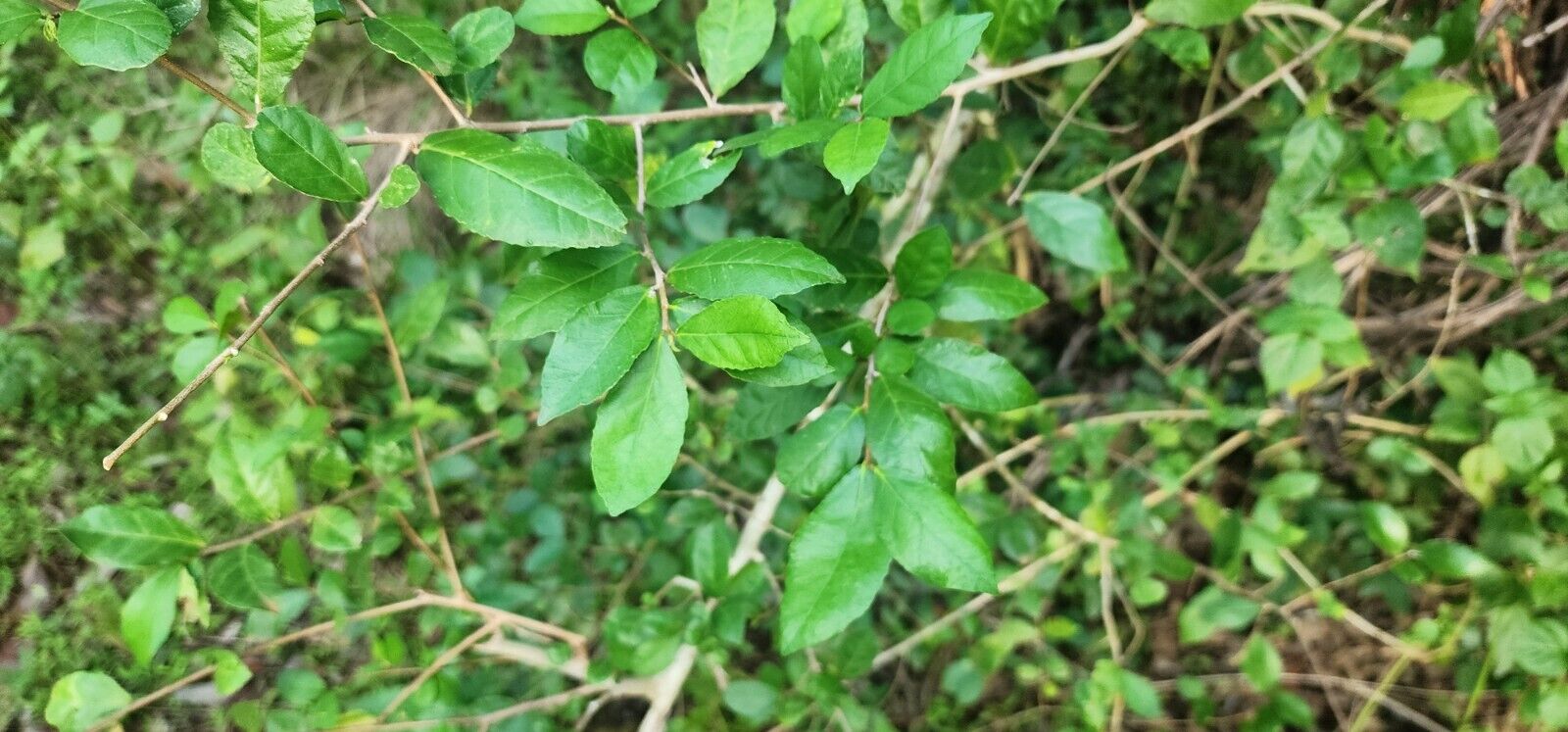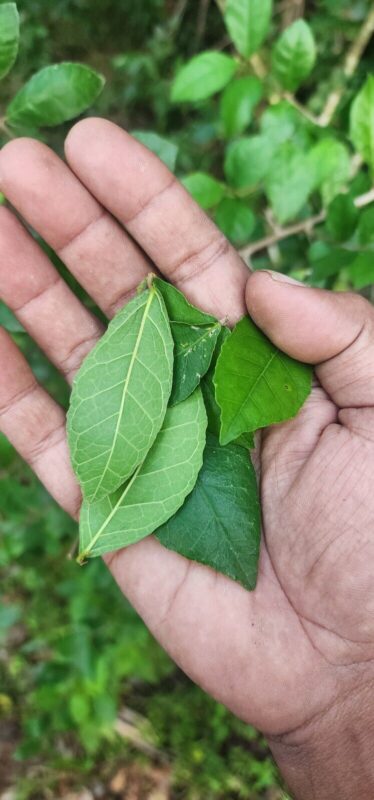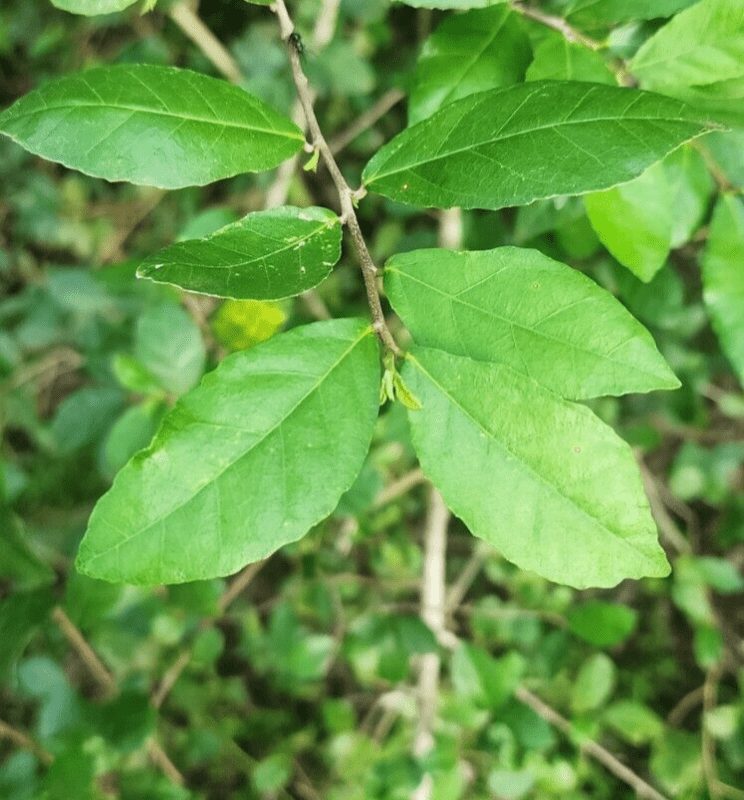Blog
The Siamese Rough Bush: A Comprehensive Study of Streblus asper

Streblus asper, commonly known as the Siamese Rough Bush or the Toothbrush Tree, is a medium-sized tree belonging to the Moraceae family. This plant is native to tropical regions of Southeast Asia, including countries like India, Thailand, Sri Lanka, and Malaysia. Renowned for its multifaceted uses in traditional medicine and industry, Streblus asper has garnered attention for its potential health benefits and ecological significance. This article explores the botanical characteristics, medicinal properties, economic uses, and conservation status of Streblus asper.
Botanical Characteristics
Streblus asper is characterized by its robust structure and distinctive foliage. Here are some key features:
- Height: The tree typically grows between 6 to 10 meters tall.
- Leaves: The leaves are simple, elliptic to obovate in shape, measuring about 5–10 centimeters long. They are rigid with irregularly toothed margins.
- Flowers: The flowers are small, yellowish-green, and grouped in spherical heads.
- Fruits: The tree produces globose drupes that contain a small seed.
Siamese Rough Bush

Streblus asper thrives in tropical climates and is often found in dry regions. It prefers well-drained soils and can be seen in various environments, including coastal areas and mixed deciduous forests. The species is widely distributed across:
- India
- Sri Lanka
- Thailand
- Malaysia
- Philippines
This adaptability allows it to grow in diverse ecological zones, contributing to its widespread use.
Medicinal Properties
Streblus asper has been utilized in traditional medicine for centuries. Various parts of the plant—such as leaves, bark, and roots—are employed in Ayurvedic and Siddha practices to treat numerous ailments. Research has identified several pharmacological properties associated with this species:
- Antimicrobial Activity: Extracts from Streblus asper have demonstrated antibacterial and antifungal properties. Studies indicate effectiveness against pathogens like Streptococcus mutans, which is linked to dental caries12.
- Anti-inflammatory Effects: The plant exhibits significant anti-inflammatory activity, making it beneficial for conditions such as arthritis and other inflammatory disorders14.
- Antioxidant Properties: Compounds found in Streblus asper can combat oxidative stress, potentially reducing the risk of chronic diseases1.
- Anticancer Potential: Preliminary studies suggest that various extracts may possess anticancer properties, warranting further investigation into their efficacy1.
- Traditional Uses: In folk medicine, it is used to treat conditions like filariasis, leprosy, diarrhea, dysentery, and fever23.

Economic Uses of Siamese Rough Bush
Beyond its medicinal applications, Streblus asper holds economic significance:
- Timber Production: The wood is durable and used for making furniture and crafts.
- Papermaking: Historically significant in Thailand, the bark of Streblus asper has been used for centuries to produce high-quality paper known as “khoi.” This paper is resistant to humidity and insect damage3.
- Oral Hygiene: The branches of the tree were traditionally used as toothbrushes due to their antimicrobial properties34.
- Animal Feed: The leaves can be utilized as fodder for livestock, contributing to sustainable agricultural practices1.
Conservation Status of Siamese Rough Bush
Despite its numerous benefits, Streblus asper faces threats primarily from habitat loss and overexploitation. Deforestation for agriculture and urban development poses significant risks to its populations. Conservation efforts are crucial to ensure the survival of this valuable species:
- Legal Protection: Many countries have implemented regulations to protect this species from illegal logging.
- Sustainable Practices: Encouraging sustainable harvesting methods can help maintain healthy populations while meeting economic demands.
- Awareness Campaigns: Educating local communities about the ecological importance of Streblus asper can foster conservation efforts.
Conclusion
Streblus asper is a remarkable plant with a rich history of medicinal use and economic importance. Its diverse applications—from traditional medicine to timber production—highlight its value in both cultural practices and modern industries. However, the challenges it faces necessitate urgent conservation efforts to protect this vital species for future generations.
Siamese Rough Bush



Discover more from Nath Mart
Subscribe to get the latest posts sent to your email.
